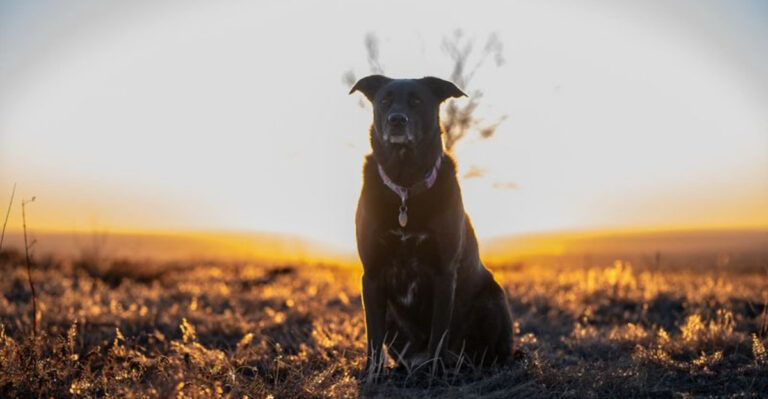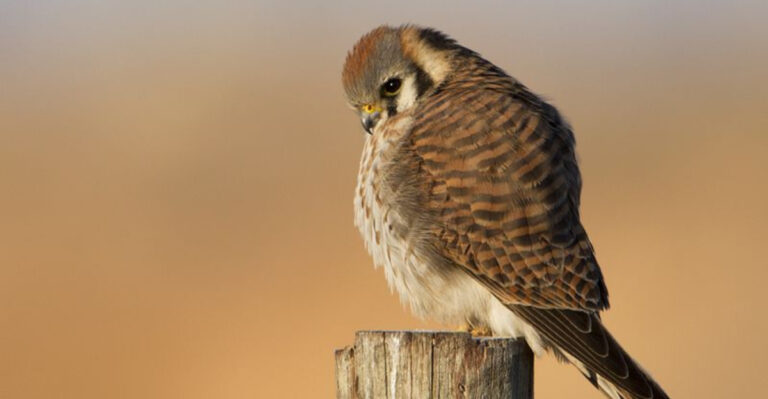14 Worst Hunters In The Animal Kingdom
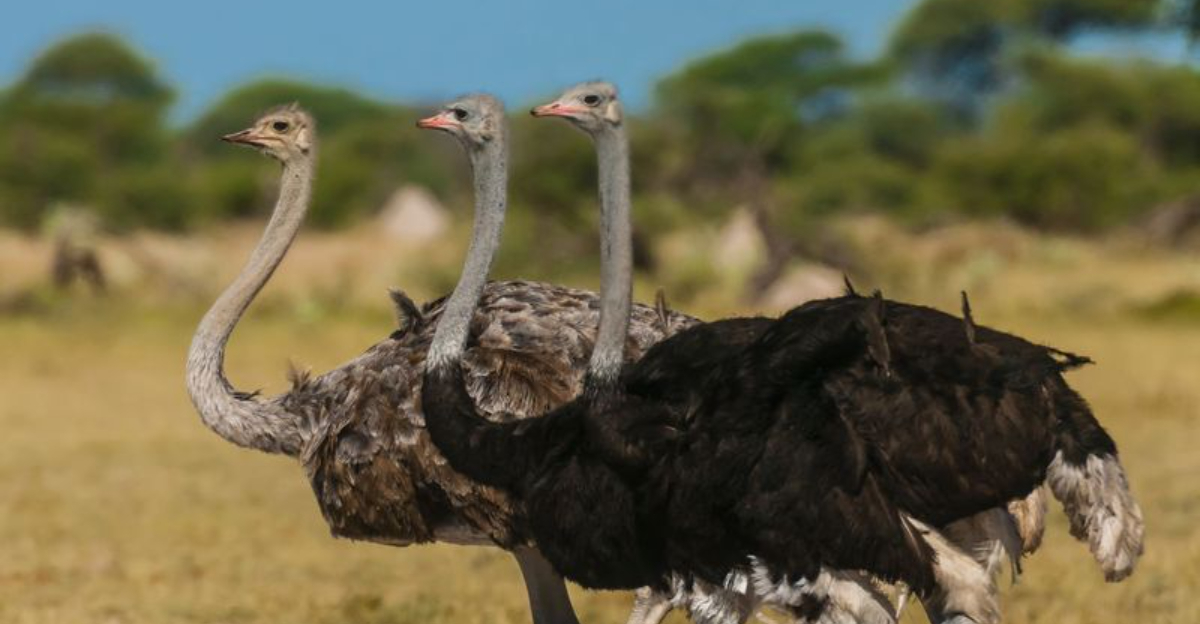
When we think of the animal kingdom, we often picture fierce predators like lions and sharks. But not all creatures are born with the instinct or ability to hunt effectively.
Some animals, despite being classified as carnivores, are surprisingly terrible at catching prey. Others have evolved away from hunting altogether, finding easier ways to survive.
1. Koala

These fuzzy Australian icons spend up to 22 hours daily snoozing in eucalyptus trees. Their diet consists exclusively of toxic eucalyptus leaves that most animals can’t digest.
This specialized plant diet means koalas never developed hunting skills. Their slow metabolism and low-energy lifestyle perfectly match their zero-effort feeding strategy.
2. Panda
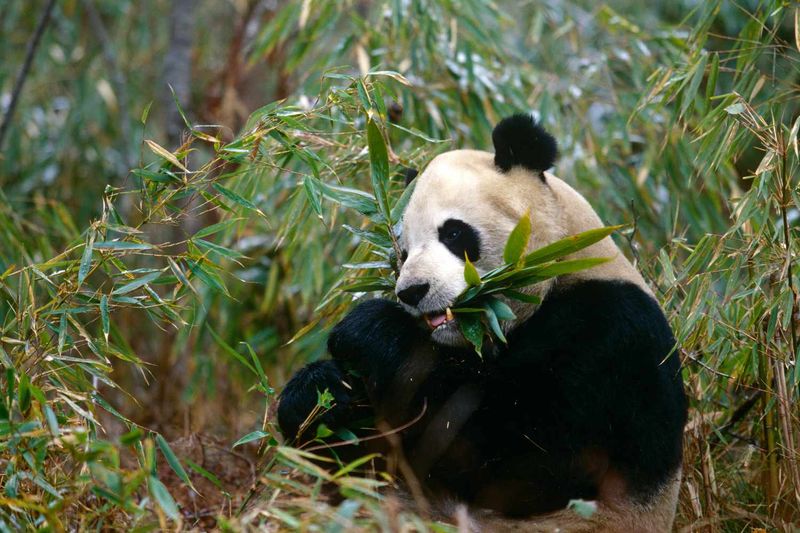
Surprisingly, giant pandas belong to the bear family but somehow abandoned their predatory heritage. They possess the digestive system of a meat-eater yet spend 14 hours daily munching bamboo.
Their awkward movements and gentle nature make them hilariously unfit hunters. Evolution gave pandas carnivore teeth but they use them to crunch through tough plant stalks instead.
3. Sloth
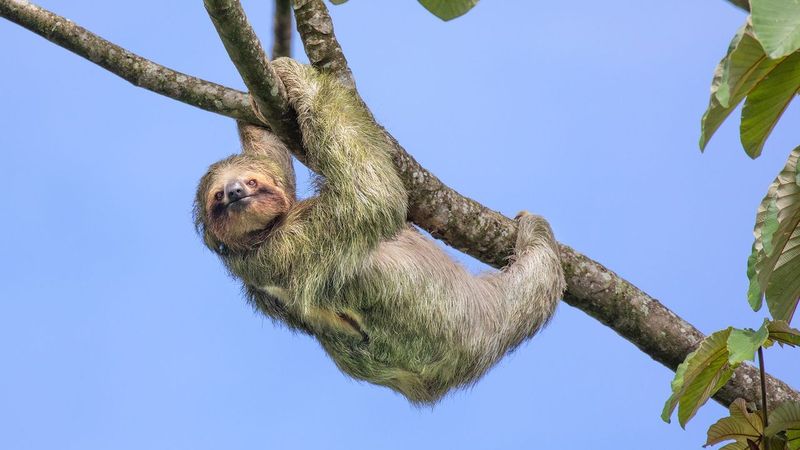
Moving at speeds of just 0.15 mph, sloths claim the title of world’s slowest mammals. Their metabolism operates at snail-pace levels, making quick movements physically impossible.
These treetop dwellers munch leaves at a leisurely pace and descend to the ground only once weekly. Any predator attempting this hunting strategy would starve within days!
4. Manatee
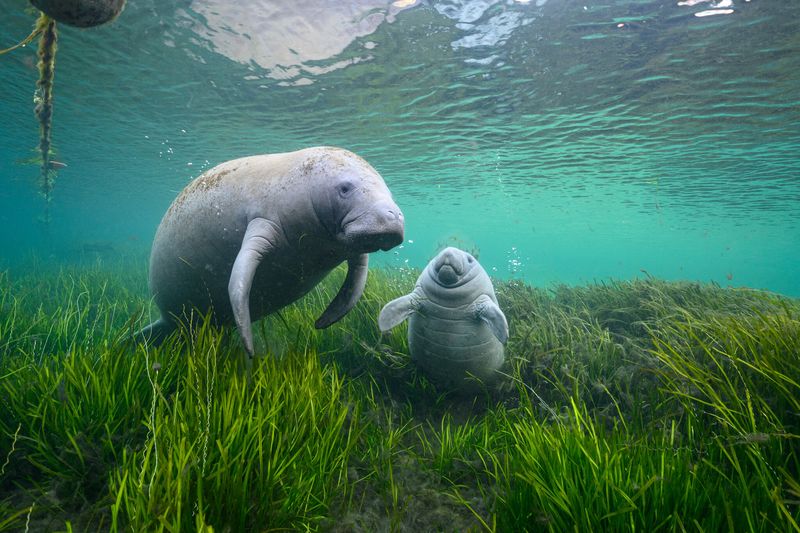
These blubbery marine mammals glide through shallow waters at a maximum speed of 5 mph. Manatees spend up to seven hours daily grazing on underwater plants like aquatic lawnmowers.
With no natural predators and no competition for their food source, manatees never developed hunting instincts. Their peaceful demeanor and plant-based diet make them the ocean’s gentlest giants.
5. Hippopotamus
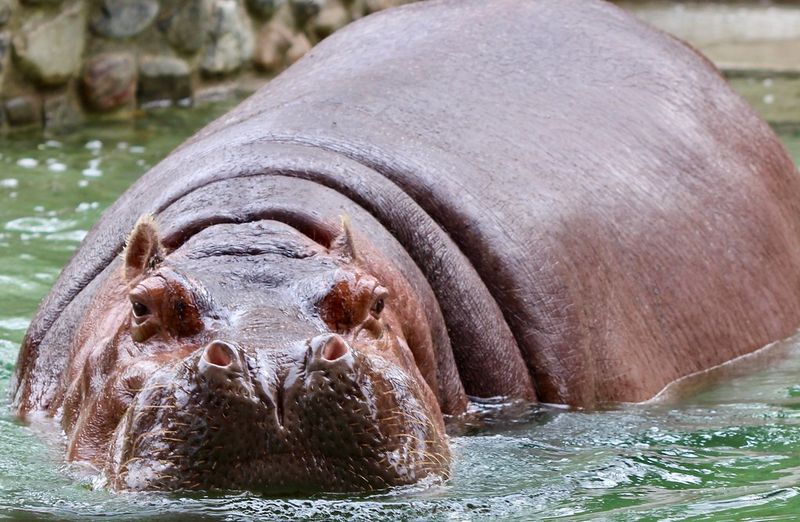
Despite their massive jaws and aggressive reputation, hippos are strict vegetarians. These water-loving behemoths emerge at dusk to mow down up to 80 pounds of grass nightly.
Their aggression stems from territorial defense, not hunting behavior. A hippo’s dangerous reputation comes from its unpredictable temper, not its predatory skills – which are completely nonexistent!
6. Galápagos Tortoise
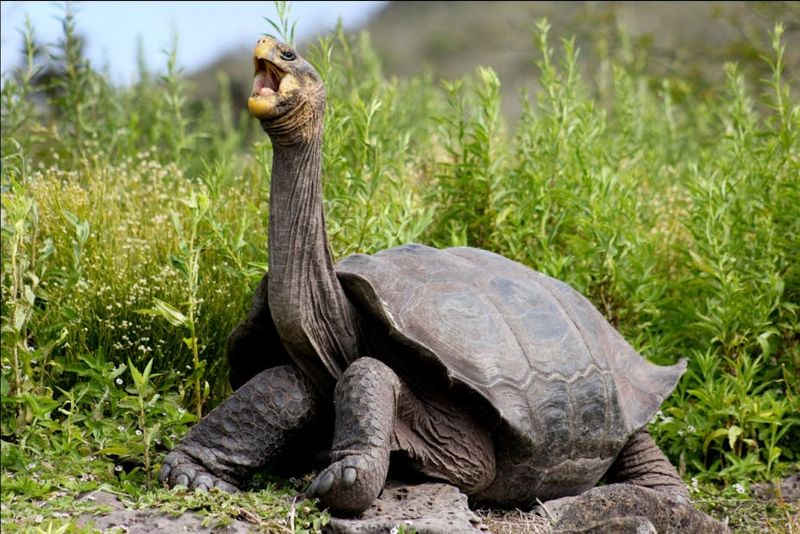
When you live for potentially 150+ years, there’s no rush to chase down prey. These iconic island dwellers move at speeds that make sloths look speedy.
Their diet consists mainly of cacti pads and grasses within easy reach. With no natural predators on their islands, Galápagos tortoises evolved to prioritize energy conservation over hunting prowess.
7. Giraffe
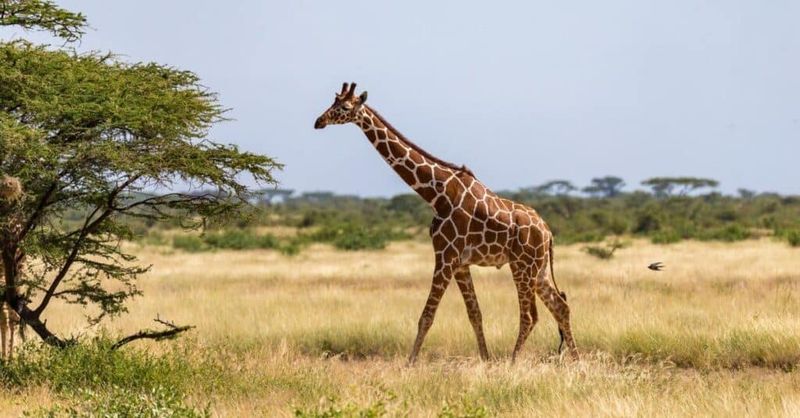
With their extraordinary height advantage, giraffes bypass the competition by feeding on treetop vegetation no other animals can reach. Those long necks didn’t evolve for hunting – they’re nature’s ultimate browsing adaptation.
Giraffes spend up to 20 hours daily plucking acacia leaves. Their specialized tongues and lips are designed for delicate plant handling, not prey capture.
8. New World Vulture
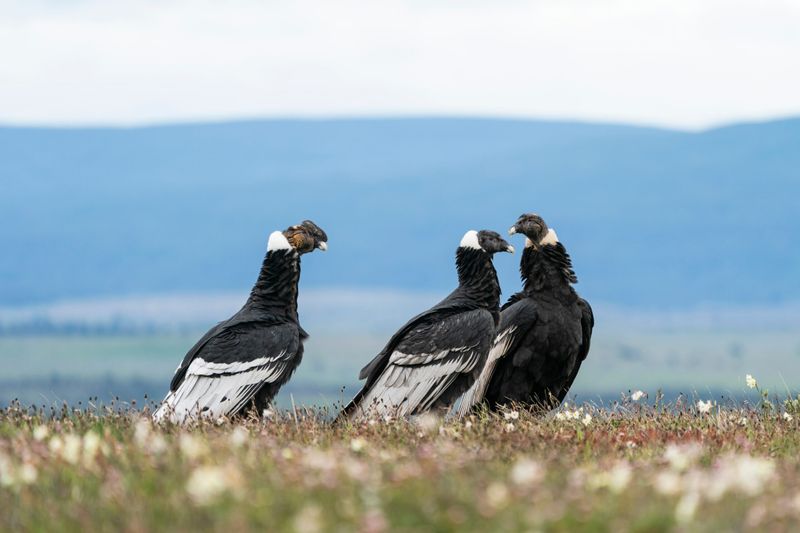
Unlike their Old World cousins who occasionally hunt, New World vultures like turkey vultures lack strong feet for grabbing prey. Their hooked beaks are designed for tearing carrion, not killing.
These birds rely entirely on their incredible sense of smell to locate already-dead animals. Their weak feet and specialized digestive systems make them nature’s perfect recyclers but terrible hunters.
9. Komodo Dragon
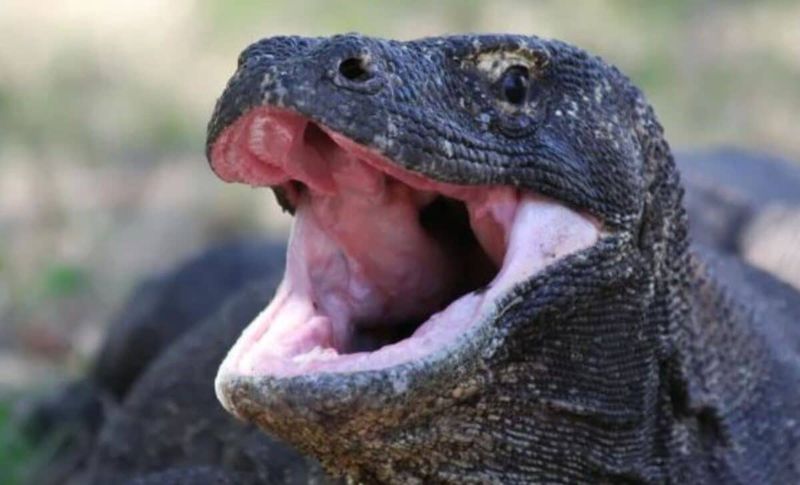
These massive lizards might seem fearsome, but their hunting strategy is surprisingly passive. Komodos deliver a venomous bite, then lazily track their victim for days until it succumbs to infection.
This patience-over-pursuit approach works, but it’s incredibly inefficient. Their success rate hovers around 10% – abysmal compared to cats’ 30% or wolves’ 14%.
10. Ostrich
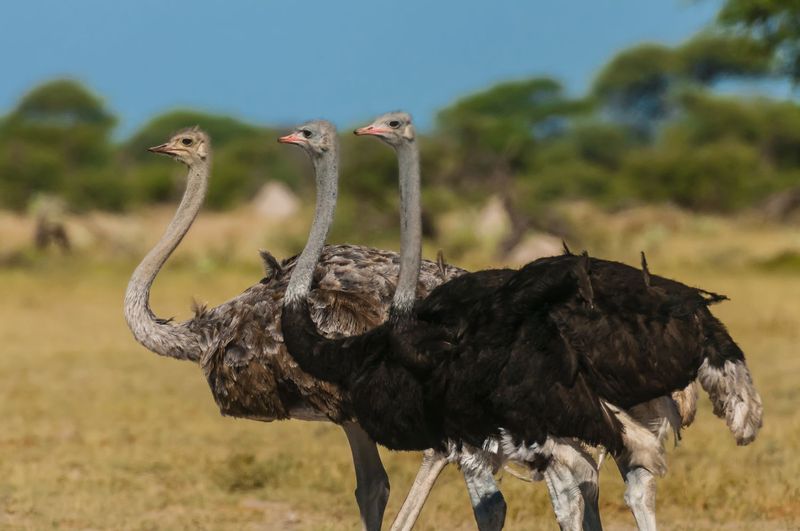
As the world’s largest bird, ostriches could be formidable predators with their powerful legs and sharp claws. Instead, they use these adaptations for defense while feeding primarily on seeds, roots, and plants.
Ostriches occasionally consume insects or small lizards they happen to find. Their hunting skills are limited to pecking at convenient, slow-moving creatures – hardly the behavior of an apex predator!
11. Aye-Aye
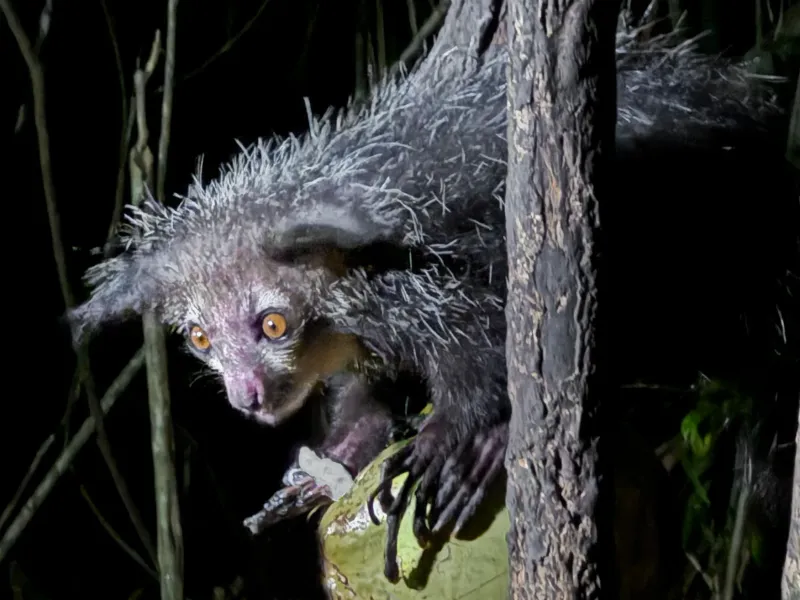
Madagascar’s bizarre nocturnal lemur uses an unusually long middle finger to locate grubs inside trees. It taps wood like a woodpecker, listening for hollow sounds that indicate insect tunnels.
While technically hunting, this method is wildly inefficient. Aye-ayes spend hours searching for tiny morsels, burning more energy finding food than they gain from eating it.
12. Walrus
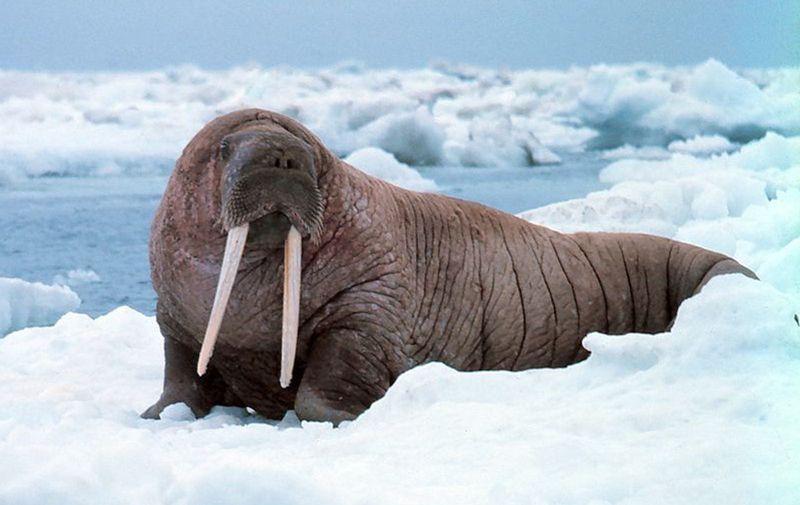
Despite their impressive tusks, walruses aren’t skilled hunters of fast-moving prey. They use their sensitive whiskers to detect clams and mollusks buried in seafloor sediment.
Walruses create suction with their powerful lips to vacuum shellfish from their shells. This feeding method requires minimal effort compared to chasing fish or seals, making walruses the ocean’s laziest carnivores.
13. Wombat
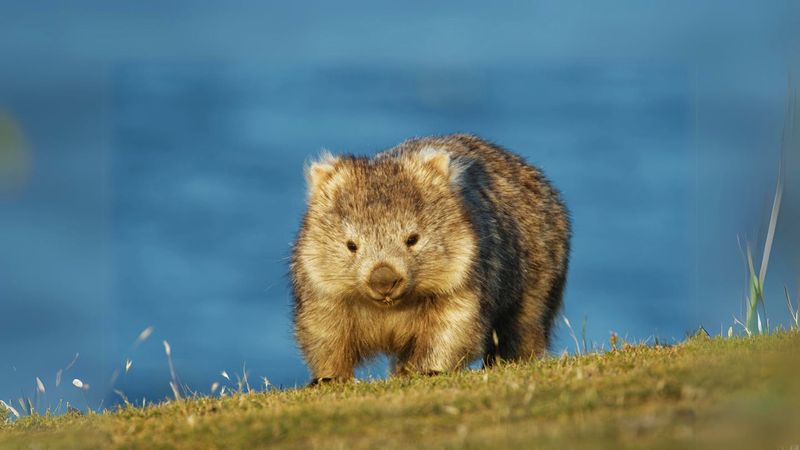
Australia’s stocky marsupials might look like they could tackle prey with their powerful build, but wombats are strictly plant-eaters. Their strong jaws and teeth evolved for grinding tough vegetation, not capturing animals.
Wombats prefer to spend their energy digging complex tunnel systems. Their slow metabolism allows them to survive on low-nutrient plants that other animals avoid.
14. Giant Anteater
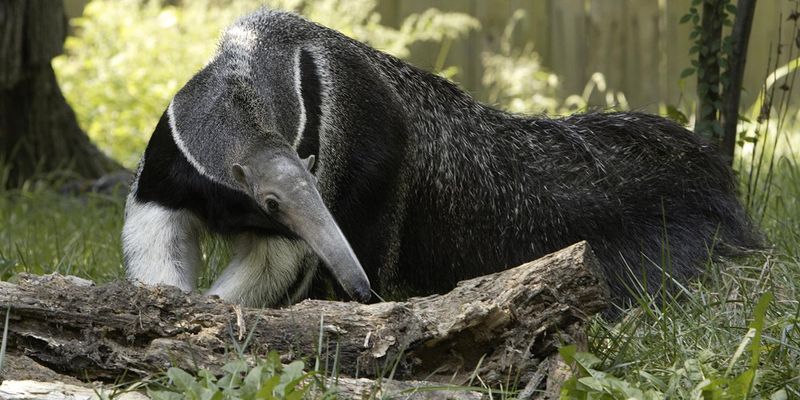
With razor-sharp claws capable of fighting off jaguars, anteaters could be fearsome predators. Instead, they use this weaponry to rip open termite mounds and anthills.
Their hunting technique consists of flicking their sticky, two-foot-long tongue into insect nests. This specialized strategy limits them to tiny prey and makes them dependent on insect colonies – a risky evolutionary gamble!




